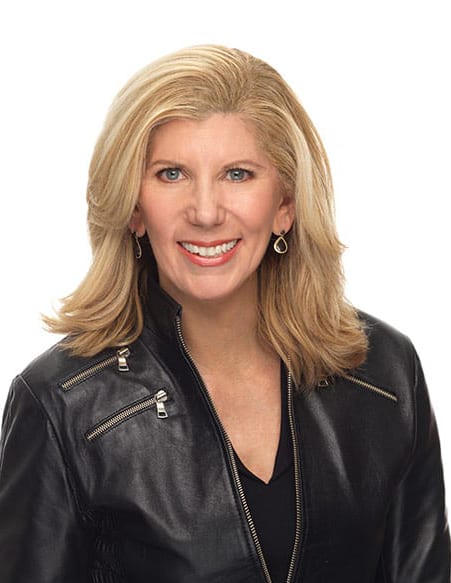This week, Barri Rafferty, senior partner and director, New York, is blogging from the World Economic Forum’s annual meeting in Davos, Switzerland.
If I could trade jobs with anyone in the world, the CEO of IDEO, Tim Brown, would be high on the list. He runs a global design consultancy that creates products, services, spaces and interactive experiences and says things like, “Design thinking relies on our ability to be intuitive, to recognize patterns, to construct ideas that are emotionally meaningful as well as functional, and to express ourselves through means beyond words or symbols.” That sounds like it has a lot in common with PR!
Brown facilitated a conversation at my table during a panel called “Engineering Creativity,” which was held over a meal. Our group’s lively discussion encompassed everything from how to hire creative types, to whether our education system is doing enough to enhance the creative skills we are born with, to the ways creativity leads to practical applications.
The main storyteller of the night was Edward Crawley, president of Skolkovo Institute of Science and Technology near Moscow, who described creativity as “the opposite of human recognition.” Rules are just pre-existing solutions, he explained, and when teaching creativity you have to learn to “turn off image recognition, ignore the rules and float.” Easier said than done, but a great goal nonetheless. He recommended using creative techniques in our personal and professional lives to keep our skills honed, and he gave us exercises to use in brainstorming. Examples include taking a problem and thinking through the opposite solution and choosing a random word off a page to apply to the challenge at hand.
There were plenty of other great insights as well. For instance, Edward Boyden, an associate professor at MIT discussed neuroscience and creativity: “A nap increases the ability to create insight by a factor of three or four.”
Hannah Jones, VP of Sustainable Business and Innovation at Nike led a discussion on how we have to make ourselves obsolete in order to move forward. “Sustainability is one of the world’s greatest innovation challenges to design the future,” she said. “Innovation can render the status quo obsolete as things quickly become extinct.”.
In this context, she touched on the subject of tapping talent outside of your company, saying that “a lot of really smart people are out there but most of them don’t work for you” We discussed crowdsourcing techniques similar to our own Creative Community and Mindfire, and it came to light that there may be one area our tools don’t yet address: the diversity that brings different types of disciplines together to innovate and create.
Building on that thought, someone commented that “innovation lies in the shadows between the functions.” This notion of creating ecosystems that mash up different types of thinkers – for both governments and corporations – is a theme I have seen running throughout the meeting so far.
Jones also said, “Creativity needs good parenting.” Brown added that constraints are important to keep things simple. Both speakers discussed the critical role of editing in the creative process and felt creativity can often be diluted by the same networks that power it. Leadership and clarity are essential.
Finally, the session ended with the idea that creative types need to be tough, since most ideas fail or hit walls. Clearly, so much of what was reviewed in this session was great food for thought as Ketchum continues to find new, creative ways to break through for our clients.
Davos is exciting and exhausting. More to come soon.
Want to learn key insights from the World Economic Forum? Click here to register for our complimentary webinar on January 30.



